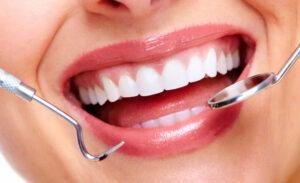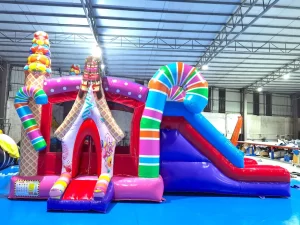What are varicose veins and its causes?

Do you feel pain, burning, or itching around the veins in your legs? You might have varicose veins or veins if you answered yes to these questions.
Did you know that 30% of people can develop varicose veins at any time in their lives? And that between 50% and 60% consult for the presence of the so-called spiders: vascular surgeon, member of the Colombian Association of Angiology and Vascular Surgery.
Regardless of whether they are not aesthetic, or it bothers you to wear shorts because they can be seen, varicose veins can affect the quality of life of those who suffer from them.
WHAT ARE VARICOSE VEINS OR VARICOSE VEINS?
In simple words, they are those veins on the inside of the legs that are dilated or inflamed, stand out in relief on the skin, and look purple or dark blue. And they are a frequent manifestation of chronic venous insufficiency.
There are other types of dilated veins, such as spider veins (telangiectasia), but these are smaller; there are also dilated veins in the esophagus (esophageal varices), in the anal region (hemorrhoids), in the testicles (varicocele).
WHAT ARE THE CAUSES OF VARICOSE VEINS?
The reason for varicose veins is due to a failure in the walls and valves of the veins when the blood returns to the heart and ends up accumulating, which causes them to dilate.
Varicose veins are related to a family history of varicose veins, lack of physical activity, obesity, smoking, and suffering from blood-related diseases. Likewise, standing or sitting for a long time and the use of tight clothing are also.
SYMPTOMS AND DIAGNOSIS OF VARICOSE VEINS
In addition to the obvious swelling of the leg veins, people with varicose veins also have:
- Pain and tiredness in the legs.
- Cramping, itching, or scratchy sensation.
- Color change in the area of the veins.
The diagnosis is made through a physical examination performed by the doctor or specialist. And in addition, you can order a complementary study such as Doppler ultrasound to verify the functioning of the venous system.
ENDOVASCULAR LASER TREATMENT
It is minimally invasive, outpatient, and is performed under local anesthesia. It is a procedure in which a laser fiber is inserted that gives off heat and causes the vein to close.
SURGERY
It is a procedure that requires general anesthesia and generates disability for 15 days. It ensures the disappearance of varicose veins since the removal is performed, but it does not prevent the development of new varicose veins in the future.
According to the Colombian Association of Angiology and Vascular Surgery, the decision of the intervention is clinical, based on the physical examination, and is indicated for one or more of the following reasons:
- relieve symptoms
- Prevent complications, that is, prevent it from turning into an ulcer.
- Reduce complications.
- Improve aesthetic appearance.
PREVENTION OF VARICOSE VEINS
Although genetics influences the appearance of varicose veins, some recommendations to prevent varicose veins or prevent them from getting worse are:
- Do not lead a sedentary life. Exercise regularly, elevate your legs when resting, and not cross them.
- Wear loose clothing and not be in one position for a long time. The hydration of the legs is important to improve itching and activate circulation, but no cream cures varicose veins.
- Control weight gain and monitor hormonal disorders.







